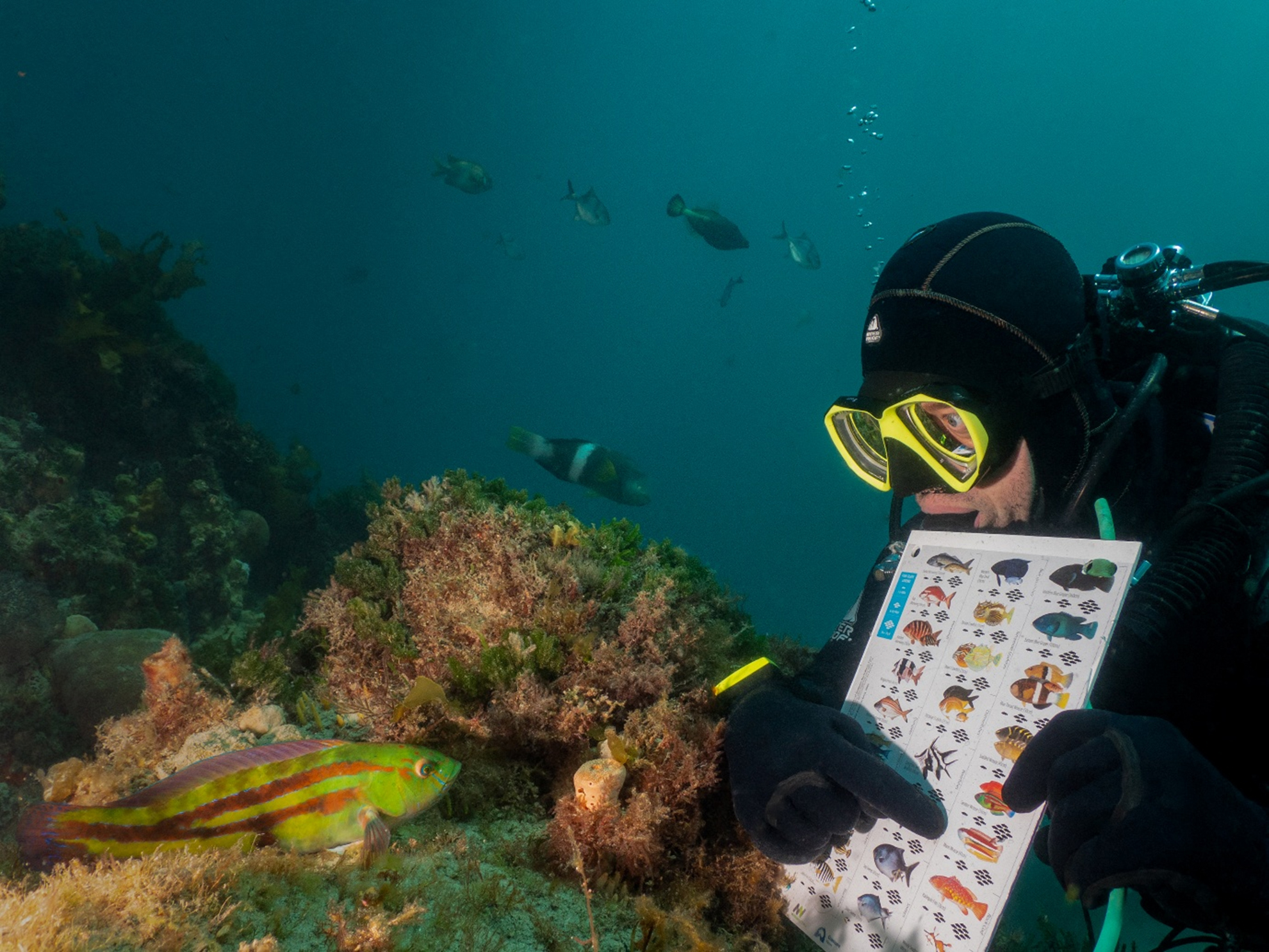11 February, 2016
A Postion Statement from the Royal Society of Victoria
The recent announcement by CSIRO of a plan to substantially reduce its research into Australia’s climate and its future prognosis is puzzling, and cause for concern.
The nation’s climate research and its applications have been on show at the annual conference of the Australian Meteorological and Oceanic Society (AMOS), here in Melbourne for the past week. The present state of this science in Australia is quite healthy, with a wide variety of weather and climate in many regions under study, by CSIRO, the Bureau of Meteorology and several Universities. A substantial downsize by CSIRO would seriously disrupt this productivity.
CSIRO and the Bureau of Meteorology together provide the networks that enable the observations of weather on land, and ocean-going observations at sea. They also provide the sophisticated modelling of weather and climate that is necessary for good forecasting on daily, weekly, monthly and longer time scales. Both the observations and the modelling (with continual improvements) are necessary for application and appropriate adaptation to future climate.
As an example, one application under current development is risk mitigation. The impacts of weather and climate is specific to regions, so assessing risk due to fire, storm damage, floods and droughts is accordingly very dependent on understanding local conditions. How such conditions might change in coming years requires detailed measurement and prediction on regional scales, and new methodology to assess this risk depends on this detailed knowledge. Insurance companies are very interested in the results, and so should be the general public.

Other applications relate to the choice of crops, such as grape and cereal varieties, that might be appropriate to particular regions in the coming years. Successful farming on both land and in coastal seas will also be dependent on good forecasts of regional climate on the time scale of decades.
Accordingly, running future predictions from the current models will be insufficient in the long term. There is much more that we need to know about how the planet works, in both the atmosphere and the oceans, and Australia’s geographic location means that we have a large part of the planet to ourselves. Good progress is being made, but we have a long way to go. We also have international commitments to honour, as embodied in the recent Paris agreement.
Whether climate research should be retained in CSIRO, or in some new entity like the US’s National Oceanic and Atmospheric Administration (NOAA), which could include the Bureau of Meteorology, has yet to be resolved. Australia currently funds high quality climate research, at good value, and it is most important that this is well-managed into the future.
Given the concern generated by CSIRO’s recent announcement, the Royal Society of Victoria would appreciate a response from the Federal Government as to how these important scientific activities will be sustained in the national interest, and which agencies will guarantee their continuity.
Authorised by Dr Peter Baines, Chair, Policy & Communications Committee for the Royal Society of Victoria.
Contact for further comment (business hours): 03 9663 5259
Discover how you can join the society
Join The Royal Society of Victoria. From expert panels to unique events, we're your go-to for scientific engagement. Let's create something amazing.











